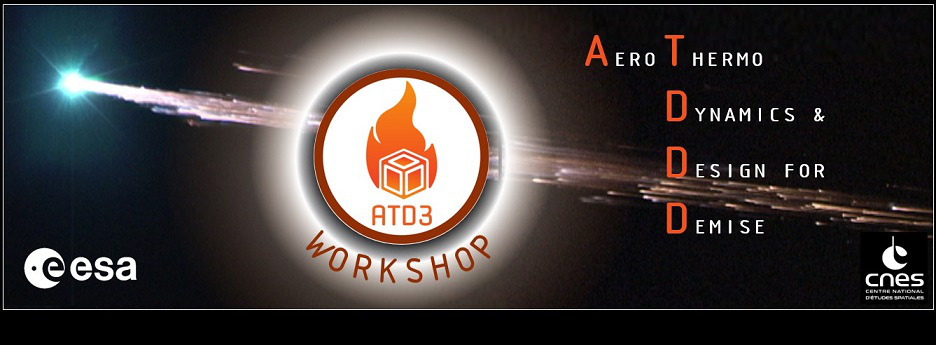Speaker
Description
Reducing the risk of casualties from debris uncontrolled re-entry is of major interest. It requires to advance the knowledge of space debris degradation during their re-entry and to strengthen the predictive capabilities of the high-fidelity and spacecraft-oriented numerical tools and material response solvers.
Under the present study, various materials have been identified to be analysed and characterised to provide insight into degradation and fragmentation processes and enrich the current ESA ESTIMATE database. Metallic alloys such as Haynes 25 and AISI 304L are characterised at CNRS-PROMES facilities for oxidation kinetics and emissivity analysis. CFRP thermal properties are investigated in ONERA’s facilities. Furthermore, plates of previously cited materials and Invar36, are exposed to high-enthalpy plasma flow in shear-stress configuration in the Plasmatron facility at the von Karman Institute to investigate ablation processes in atmospheric re-entry environment.
An explicit coupling strategy of in-house RTech’s high-fidelity tool Mistral with material response solver PATO based on OpenFOAM is adopted to rebuild numerically the experiments in the VKI facilities. Material in-depth models developed at Coria are implemented in PATO to compute the degradation of metallic alloys and correlations and simplified models are implemented in spacecraft-oriented PAMPERO tool developed by CNES in collaboration with RTech in order to improve accuracy of the predictions.

